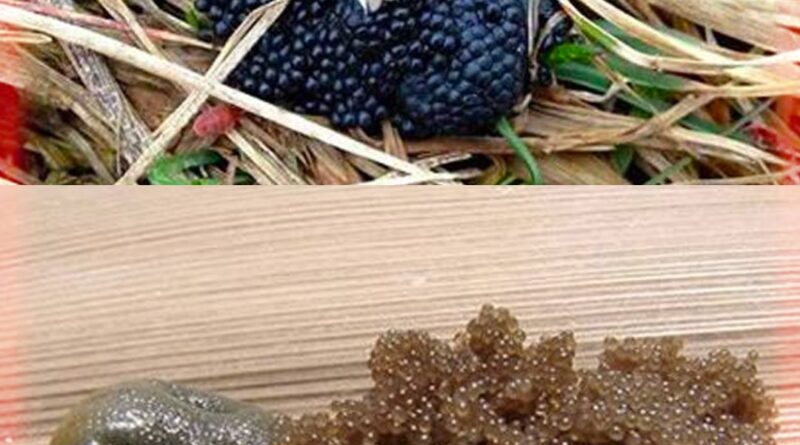If You See These Eggs In Your Backyard, Burn Them Immediately: A Comprehensive Guide to Identifying and Managing Tick Eggs
Encountering tick eggs in your backyard warrants serious attention due to the potential health risks associated with these tiny yet troublesome pests. Ticks are notorious carriers of diseases, and their eggs, often nestled in secluded outdoor spots, pose the initial threat of a burgeoning infestation. This comprehensive guide endeavors to equip you with essential knowledge and effective strategies for identifying, managing, and preventing tick eggs.
Identifying Tick Eggs
Tick eggs are minuscule, typically measuring around 0.5 mm in diameter – akin to the size of a poppy seed. They generally exhibit an oval or pear-shaped form with a translucent or slightly whitish hue, albeit appearance may vary by tick species. Typically clustered, these eggs adhere to vegetation, leaf litter, or nearby surfaces close to the ground. Over time, they may become more opaque, adopting a color resembling that of adult ticks in the species. Smooth and glossy in texture, tick eggs range in color from pale yellow to light brown.
Understanding the Risks
The primary concern regarding tick eggs lies in the potential for them to hatch into larvae, capable of transmitting diseases such as Lyme disease and Rocky Mountain Spotted Fever. Therefore, exercising caution during handling is imperative to mitigate the risk of disease transmission.
Removing and Disposing of Tick Eggs
When confronted with tick eggs in your outdoor space, seeking guidance from a professional pest control expert or veterinarian is advisable for accurate identification and proper removal. For individual ticks attached to skin, utilize fine-tipped tweezers to grasp the tick firmly near its head or mouth, then gently pull it away without jerking or twisting. Subsequently, dispose of the tick by immersing it in alcohol, sealing it in a bag, or flushing it down the toilet.
Implementing Preventive Measures in Your Yard
- Remove Deer-Attracting Plants: Eliminate plants like tulips, hostas, and azaleas that entice deer, thereby deterring deer ticks responsible for Lyme disease.
- Introduce Tick-Repelling Plants: Incorporate herbs such as mint and rosemary, as well as flowers like chrysanthemums, to repel ticks effectively.
- Maintain Regular Lawn Care: Keep your lawn well-trimmed and minimize dense foliage to diminish tick habitats.
- Manage Woodpiles and Debris: Elevate woodpiles and clear debris to eliminate favorable egg-laying environments for ticks.
- Discourage Small Host Animals: Maintain stonewalls and avoid bird feeders to deter rodents, common tick hosts.
- Utilize Natural Tick Repellents: Employ essential oils like cedarwood, neem, and citronella, along with diatomaceous earth, as natural tick deterrents.
- Employ Tick Tubes: Utilize no-spray tick tubes to eradicate ticks and prevent disease transmission.
- Incorporate Rough Textures: Use materials like lava rock or pebble mulch to create inhospitable environments for ticks in garden beds.
- Establish Lawn-Free Zones: Employ hardscaping techniques to minimize tick habitats within your yard.
- Apply Insecticides with Caution: If necessary, use insecticides like synthetic pyrethroids or natural alternatives such as cedar oil judiciously.
Remaining vigilant against tick infestations is paramount. By promptly identifying and appropriately managing tick eggs, coupled with proactive implementation of preventive measures, you can significantly mitigate the risk of tick-borne illnesses. Prioritize safety at all times and consult professionals as needed to address tick-related concerns effectively.
Enjoyed this article? Share it with your friends for their benefit!

